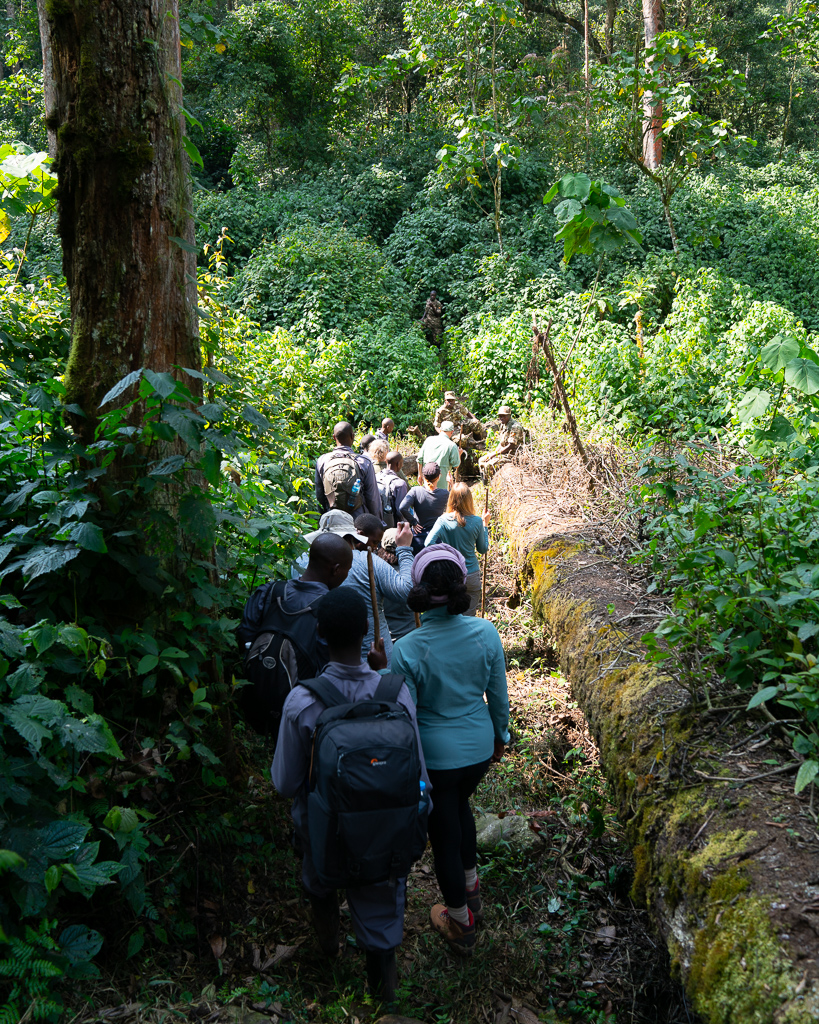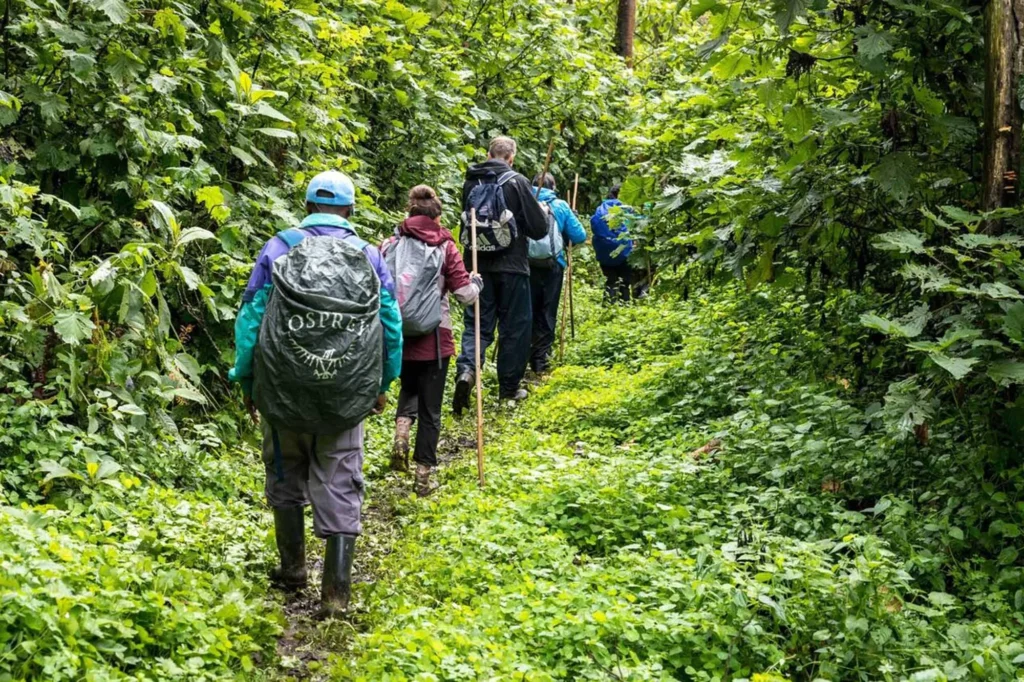How to Handle Altitude and Fatigue During Trekking
Altitude and fatigue shape every trekker’s experience in Volcanoes National Park. The gorilla region rises far above sea level, and the body needs time to adjust to the thinner air. Even strong hikers feel the effect of elevation during steep climbs, especially in the first hour of the trek. Fatigue builds faster when oxygen thins, and the volcanic slopes challenge muscles that do not usually work this hard. When you understand how altitude affects your body, you approach the trek with confidence and control instead of worry.
Understanding the Effects of High Altitude
Volcanoes National Park sits between 2,000 and 3,000 meters. At these heights, oxygen levels drop, and the heart works harder to push air through your system. You may breathe faster, sweat earlier or feel your muscles tighten sooner than expected. These sensations feel normal at elevation. Your body simply responds to the height and the effort of climbing through thick vegetation. The key lies in recognising these changes early, staying calm and maintaining a steady pace that keeps your breathing controlled.
Start Your Trek at a Comfortable Pace
Most fatigue comes from starting too fast. The excitement of the morning and the cool mountain air tempt many trekkers to move quickly during the first stretch. When you slow down, your body settles into a natural rhythm that protects your energy. Rangers always set a manageable pace, and following their rhythm helps you avoid unnecessary exhaustion. As your body warms up, breathing becomes smoother, and your legs adjust to the incline. Trekking becomes easier when you allow yourself to rise gradually through the altitude instead of rushing into it.
Hydration Helps Your Body Adjust Faster
Hydration plays a major role in managing altitude. The mountain air stays cool but dry, and your body loses moisture through faster breathing. Drinking water keeps your muscles supple and helps your heart maintain a stable rhythm. When you hydrate before and during the trek, you reduce headaches, light dizziness and early fatigue. Water becomes your best companion as you move through bamboo forests, open slopes and mossy highland vegetation.
Take Short Breaks When Needed
Altitude affects people differently. Some trekkers adjust quickly; others need brief pauses to regain breath and stabilize their heartbeat. Short breaks work better than long stops. A quick pause gives your body the oxygen boost it needs without cooling your muscles too much. Rangers always choose natural resting points where the group can recover, sip water and continue with renewed energy. These breaks help your body adapt to the altitude in a steady, controlled way.
Fuel Your Body With Light, Steady Energy
Altitude and fatigue become easier to manage when your body receives steady energy from food. Eating a light breakfast before your trek gives you fuel for the climb without weighing you down. Gorilla trekking demands endurance rather than speed, so the goal is to support your body with balanced energy that lasts for hours. When your blood sugar remains stable, your stamina improves and your mind stays focused.

Mental Strength Helps You Overcome Fatigue
The forest can challenge you physically, but your mindset shapes much of your experience. When you approach the trek with calm confidence, the altitude feels less intimidating. The forest atmosphere, the sounds of birds and the soft mountain air help you settle into a determined rhythm. Many trekkers find that fatigue fades when they remind themselves of the incredible sight waiting at the end of the climb. The gorilla encounter motivates the mind, and the mind supports the body.
Use a Porter to Lighten Your Load
Carrying extra weight increases fatigue in high-altitude environments. A porter removes this strain and allows you to walk freely and comfortably. Without a heavy pack, your breathing becomes easier, your balance improves and your energy lasts longer. Porters also assist during steep sections and ensure you focus on the trek itself rather than your gear. Their support changes the intensity of the climb and helps you manage altitude more effectively.
Trust the Ranger Team Throughout the Trek
Rangers understand the altitude, the terrain and the pace needed to reach each gorilla family safely. They monitor the group constantly and adjust speed depending on the trekkers’ comfort. When you trust their guidance, you reduce anxiety and conserve energy. They keep you steady through steep sections and help you maintain balance in slippery areas. Their experience becomes your safety net as you navigate the volcanic slopes.
Your Body Adjusts Faster Than You Expect
Most trekkers feel the altitude only during the first part of the journey. Once your breathing stabilizes and your legs warm up, the climb becomes smoother. The forest shelters you from harsh sun, and the cool air prevents overheating. As you move upward, fatigue fades and excitement grows. The moment you reach the gorillas, the effort disappears completely. The emotional power of the encounter replaces all strain.
Plan Your Trek With Guidance That Keeps You Comfortable
Altitude and fatigue become manageable when you prepare well and move with the right support. Our team helps you plan your trek, choose suitable pacing and stay comfortable from the briefing point to the gorilla family you will meet.
Inquire and book your Rwanda gorilla trekking experience at https://www.gorilla-permits.com.

